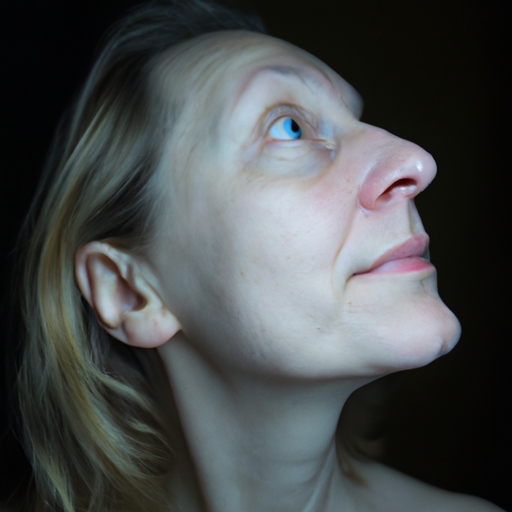As a dermatologist, I often encounter patients who are grappling with the discomfort and aesthetic concerns associated with dry skin. This common condition, while not typically serious, can cause significant discomfort and self-consciousness. Today, we will unmask the mysteries surrounding dry skin, delving into its symptoms, causes, and potential treatments.
Dry skin, medically known as xerosis cutis, is a condition characterized by a lack of the appropriate amount of water in the most superficial layer of the skin, the epidermis. It can occur at any age and for various reasons. Dry skin can be a standalone issue, or it may be a symptom of a more severe dermatological condition.
Common symptoms of dry skin include a feeling of skin tightness, especially after showering, bathing or swimming; skin that feels and looks rough; itching (pruritus); slight to severe flaking, scaling or peeling; fine lines or cracks; redness; and deep cracks that may bleed. In severe cases, dry skin can lead to complications like chronic eczema (dry skin rash) or secondary bacterial infections.
Now let’s delve into the causes of dry skin. The skin’s moisture level is controlled by sebum, an oily substance produced by the sebaceous glands. When these glands do not supply sufficient sebum, the skin loses moisture and becomes dry.
Environmental factors play a significant role in causing dry skin. Cold or hot weather with low humidity levels can dry out the skin. Overwashing, especially with harsh soaps, can strip away the protective oils from your skin leading to dryness. Central heating, wood-burning stoves, space heaters, and fireplaces all reduce humidity and dry your skin.
Certain diseases also make people more prone to dry skin. Examples include genetic conditions like ichthyosis, hormonal imbalances like hypothyroidism that reduce sebum production, nutritional deficiencies, and conditions like atopic dermatitis, psoriasis, and type 2 diabetes. Certain medications for medical conditions can also dry out the skin.
Age is another factor that influences skin dryness. As we age, our sebaceous glands produce less sebum, and the barrier function of the skin decreases, leading to drier skin. This is why older adults are often prone to dry skin.
Understanding the causes of dry skin can help in its prevention and treatment. If environmental factors are causing your dry skin, you can help prevent it by taking short, warm (not hot) showers; using a gentle cleanser instead of soap; patting your skin dry instead of rubbing it after bathing; and applying a moisturizer immediately after washing to lock in moisture. Using a humidifier in your home can also help.
If your dry skin is due to a medical condition, managing that condition can help. For example, if you have hypothyroidism, getting your thyroid levels into a healthy range might help your dry skin.
In conclusion, dry skin is a common condition with various causes and symptoms. While it can be uncomfortable and even painful, understanding its causes can help you prevent and treat it effectively. If you’re struggling with persistent dry skin, don’t hesitate to seek help from a dermatologist. We’re here to help you understand your skin better and provide treatments that can alleviate your discomfort and improve your skin’s health.



